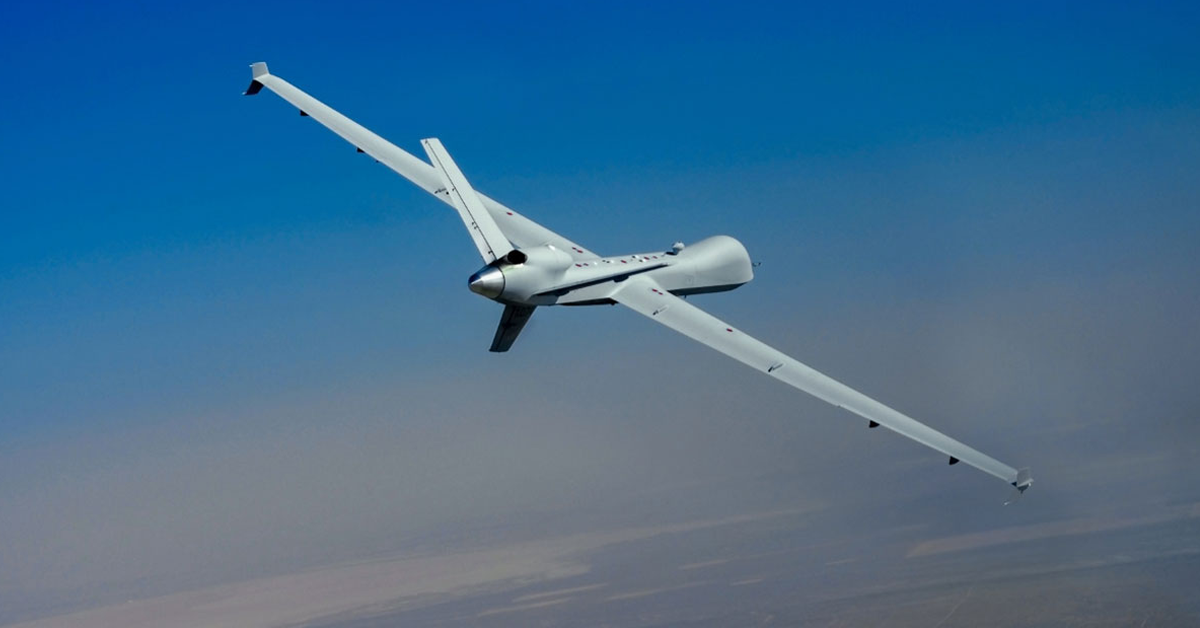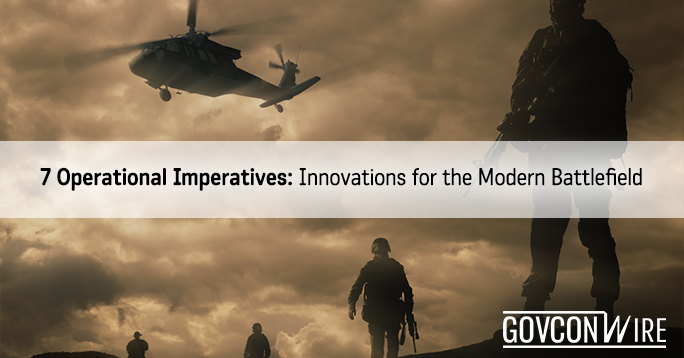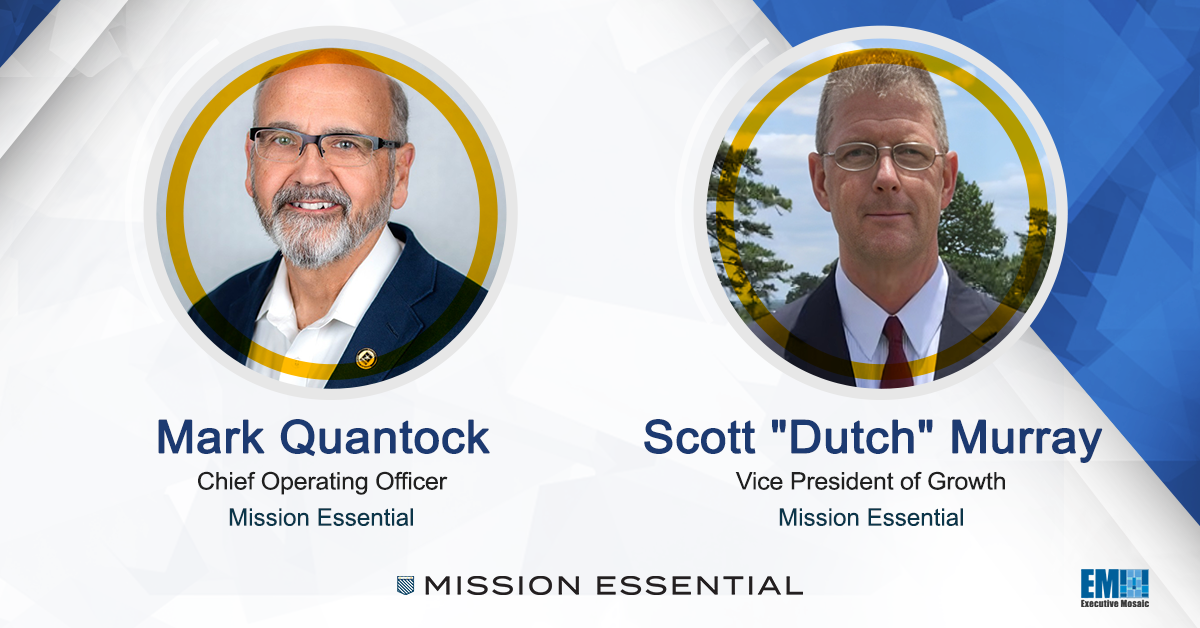While the U.S. Air Force is not quite where it wants to be in the maturation of its data fabric, the service branch has made significant progress recently, according to Air Force officials.
Today, the Air Force has large data platforms that are specifically tailored to support the requirements of communities within the branch, in areas like logistics, cyber, space and others.
Jay Bonci, chief technology officer for the Department of the Air Force, said the Air Force is now looking to weave those community-specific data sets together into an enterprise-wide data fabric.
“How do we bring together the different of classes of user, whether it’s sort of the citizen data scientist, the high end researcher, the application builder,” Bonci posed during the Second Annual Air Force IT: Plans and Priorities Forum hosted by GovCon Wire Events.

“There are vignettes of data users that we have to make sure that the data platforms support so that we can get to the future – not only so that we can continue the maturation through probably machine learning and AI, but also for kind of simple automation and simple research and visualization tasks,” he added.
Bonci added that he expects the Air Force to achieve a lot more in its data maturation in the coming years, but right now, the service has its hands around the problem. Meanwhile, in other areas like cyber, data plays more of a vital role in day-to-day operations.
“When it comes to data, it’s fundamental to cyber operations,” said Col. Timothy Helfrich, senior materiel leader of the Air Force’s cyber systems command group. The Air Force manages a program called Unified Platform, which Col. Helfrich said is “the data layer for all of U.S. Cyber Command,” and is composed of several federated big data platforms, like the Air Force’s ELICSAR.
Because the Unified Platform brings IT operations data and cyber data into one environment, operators across the Air Force have greater accessibility to important and useful data from across other services, Col. Helfrich explained.
“I see it as a key component of linking to the data fabric,” he said of the Unified Platform. “This is inherent in what we have to do every day to be successful and deliver capability to our cyber warfighters.”
Using data to deliver these capabilities to the warfighter at the edge, however, is a challenge in itself.
“We have a large amount of technical debt and legacy equipment on the transactional path,” said David Burns, deputy division chief for the Air Force’s Enterprise IT and Cyber Infrastructure Division. “We’ve studied this, we know this, we understand where it is, but getting after it to move to a more modern architecture is a challenge. And how you do that while maintaining consistency and connectivity for current day operations.”
From an industry perspective, Sanjay Sardar, senior vice president of digital transformation and IT modernization at SAIC, said that an often overlooked yet essential component of successful data integration is data literacy.
As organizations see an exponentially increasing amount of data from a myriad of sources, Sardar said the focus must be on “the contextual understanding of data” for citizens and data scientists alike.
This common understanding will be even more critical as organizations begin to implement AI technologies and systems. He said, “We also have to start pushing and making sure that those who are using the data have that data literacy, understand where it’s coming from, understand what the context is as we get into AI so we get the right analysis and the right interpretation.”
Visit the GovCon Wire Events page to view the Second Annual Air Force IT: Plans and Priorities Forum on-demand.

To learn more about the Air Force’s priorities, join the Potomac Officers Club on July 26 for POC’s 2022 Air Force Forum. Air Force Secretary Frank Kendall is slated to keynote the in-person event in Virginia. Registrations are open now!







